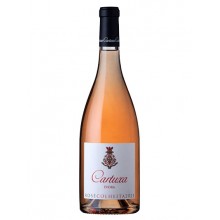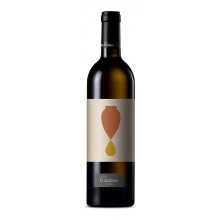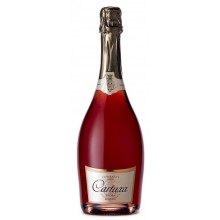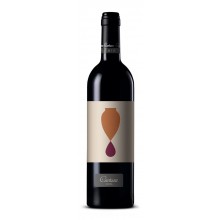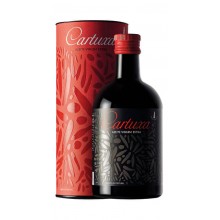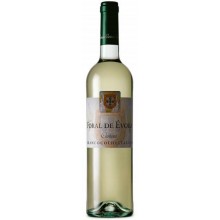Cartuxa 2020 Red Wine
€22.35
Wine House Portugal ,
5/ 5
<p>Cartuxa Red Wine pours an intense garnet color. Its aroma is complex and elegant, with notes of ripe red and black fruits beautifully integrated with touches of spices, tobacco, and vanilla from its time in wood. On the palate, it is a full-bodied wine with firm yet rounded tannins and a balanced acidity, leading to a long, persistent, and complex finish. This structured profile makes it an excellent pairing for dishes of red meat, game, and roasted pork, as well as rich oven dishes and semi-cured or aged cheeses.</p>
Cart396

 0 review
0 review
